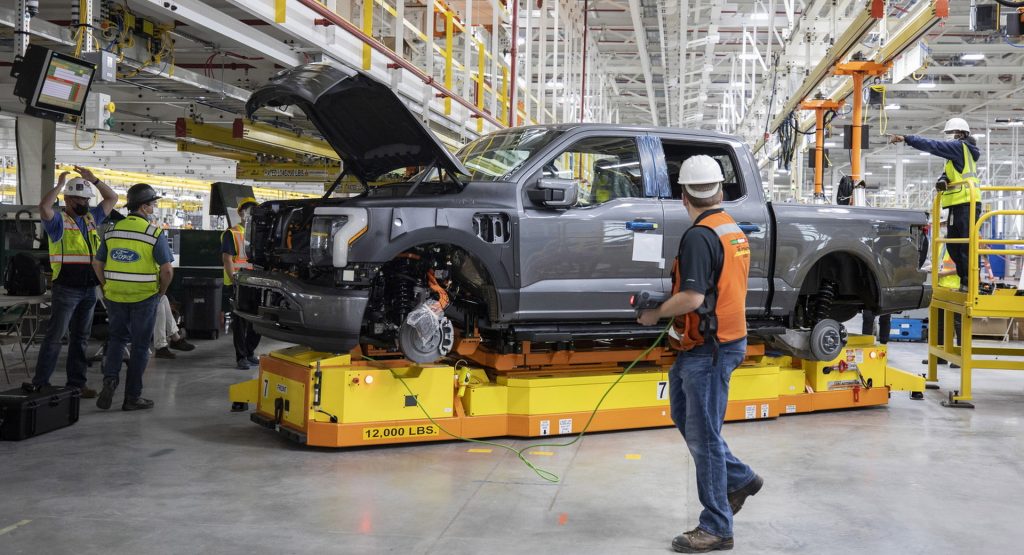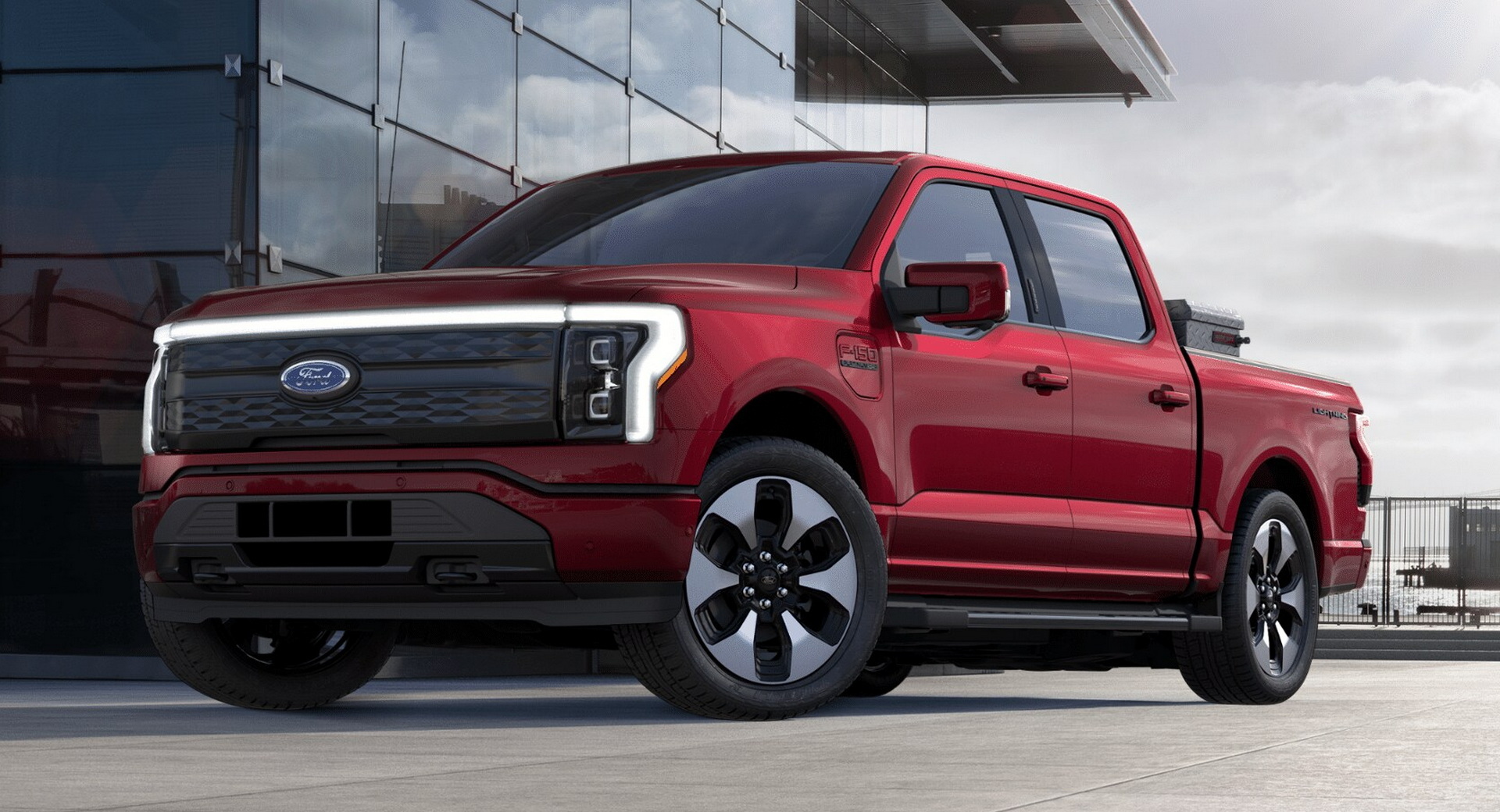After a difficult couple of years for every automaker as a result of the pandemic and the semiconductor shortage, a silver lining has finally presented itself at Ford Motor Company with plans to nearly double production of the F-150 Lightning by 2023.
The F-150 is a household name in the American market and the launch of the F-150 Lightning, its electric counterpart, has led to unprecedented demand. When Ford announced that customers can opt for a $100 refundable reservation, over 200,000 reservations were made. Eighty percent of reservation holders are expected to commit to buying the truck.
The initial target of 40,000 vehicles annually had already risen to 80,000 by early 2023, but that figure will now increase to 150,000 by mid-2023.
The spike in demand has forced the American automaker to restructure its production plan. According to a report from Automotive News, a company spokesperson did not reveal exactly how they plan to boost production, or if this surge in demand would require additional investments and create more jobs.
Related: Ford Stops F-150 Lightning Reservations After Receiving Nearly 200,000
It comes at a time when EV production is ramping up for the Blue Oval. This includes a previously-announced $250 million investment in September and 450 job requirements at their premises in southeast Michigan as they’re gearing up for increased production. In addition to that, Ford said it was in partnership with the UAW and other suppliers to have the required inventory needed for the production of the Lightning.
One thing is certain, and it’s that America is ready for an electric version of their favorite pickup truck. With production scheduled to kick off this spring, Ford has confirmed that the first wave of customers will be invited to confirm their order later this week while the company works its way down the list accordingly. Deliveries are expected to start in September.
Ford CEO Jim Farley stated that 70 percent of Lightning reservation holders are new to Ford and to pickups, as the company aims to become the world’s second-largest producer of electric vehicles within the next two years.






